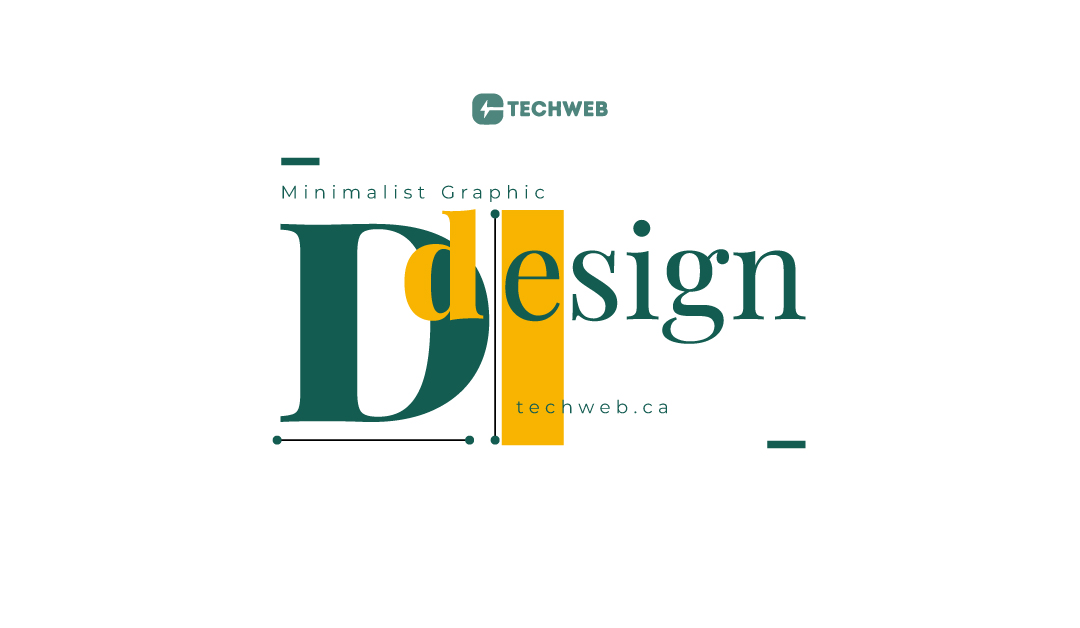Exploring the World of Minimalist Graphic Design
Minimalist graphic design is a timeless and influential style that has made its mark across various art forms and media. It emphasizes simplicity, clarity, and the essential, while eliminating excess elements. Minimalism, often associated with the less-is-more philosophy, has gained popularity due to its ability to convey powerful messages with clean and uncluttered visuals.
In this blog, we’ll explore the world of minimalist graphic design, its principles, and its enduring impact on various design disciplines.
The Essence of Minimalism in Graphic Design
Minimalism is all about distilling a design to its core, removing non-essential elements, and focusing on simplicity, functionality, and aesthetics. It’s characterized by the following principles:
- Simplicity: Minimalist designs are uncluttered and free from unnecessary ornamentation. Every element serves a purpose.
- Whitespace: Empty space plays a crucial role, creating a sense of balance and directing the viewer’s attention.
- Clarity: Minimalist design communicates a clear message and is easy for the viewer to understand.
- Typography: Minimalist designs often use clean, sans-serif fonts and readable typefaces.
- Limited Color Palette: A minimal color palette is commonly employed, with just a few carefully chosen colors that complement each other.
- Balance: Balance is essential in minimalism. Elements are thoughtfully arranged to create harmony and equilibrium.
The Impact of Minimalist Graphic Design
- Timeless Appeal: Minimalist design is timeless; it transcends trends and fads, making it relevant across generations.
- Enhanced Communication: The simplicity of minimalist design helps convey messages more effectively, as there are fewer distractions to dilute the content.
- Increased Engagement: Minimalist designs often captivate viewers due to their clarity and uncluttered aesthetics. Users are drawn to the simplicity of the design.
- Versatility: Minimalism is versatile and can be applied to various design disciplines, from web design and advertising to interior design and architecture.
Applications of Minimalism in Graphic Design
- Web Design: Minimalist web design is characterized by clean layouts, ample whitespace, and intuitive navigation. This approach enhances the user experience and helps deliver information effectively.
- Logo Design: Some of the most iconic logos, like the Apple logo, employ minimalist principles. These logos are memorable, scalable, and easily recognizable.
- Print Design: Minimalism is widely used in print design for brochures, posters, and packaging. It communicates a brand’s message clearly and elegantly.
- Advertisement: Minimalist advertisements are often more impactful. They grab the viewer’s attention and deliver a concise message.
- Editorial Design: Minimalist editorial design, seen in magazines and books, focuses on legibility and clarity. It creates an enjoyable reading experience.
Famous Minimalist Designers
- Dieter Rams: The industrial designer known for his “less, but better” philosophy at Braun and for designing some of the most iconic consumer products.
- Paul Rand: The renowned graphic designer who created logos for companies like IBM and ABC. His designs were characterized by their simplicity and visual impact.
Minimalist graphic design is a powerful and enduring style that continues to captivate audiences across various design disciplines. Its emphasis on simplicity, clarity, and functionality allows for effective communication and leaves a lasting impact. Whether in web design, advertising, or print materials, minimalist design has a timeless and universal appeal that will undoubtedly continue to shape the design world for years to come.

